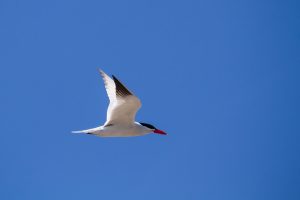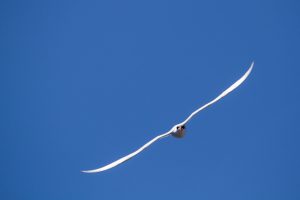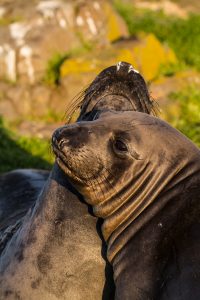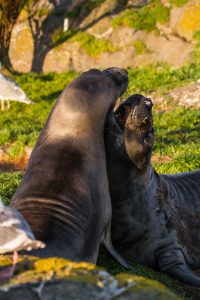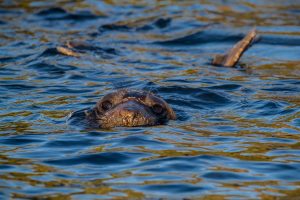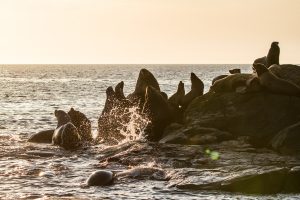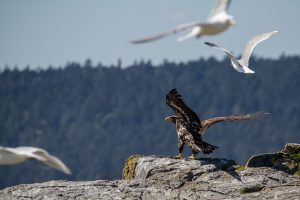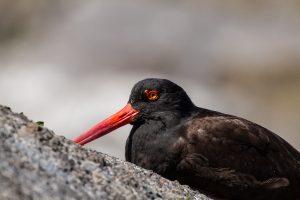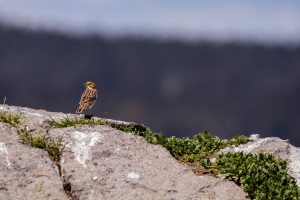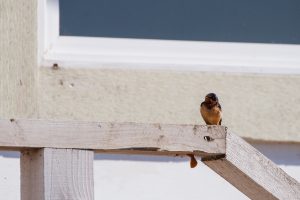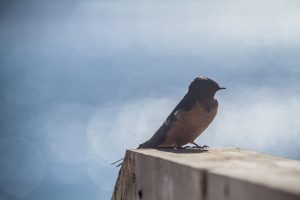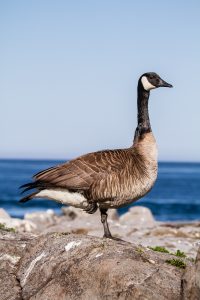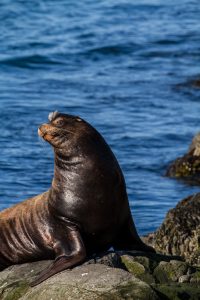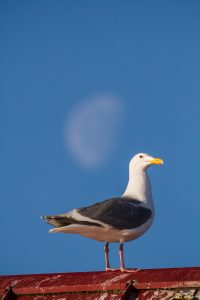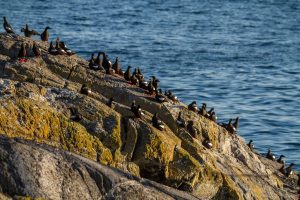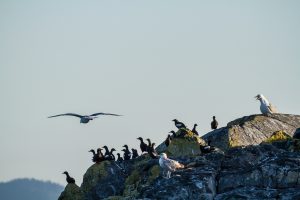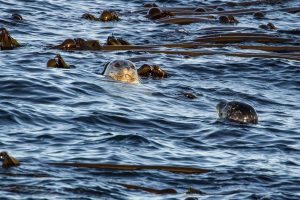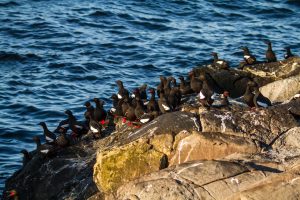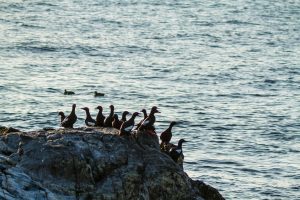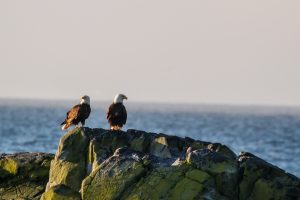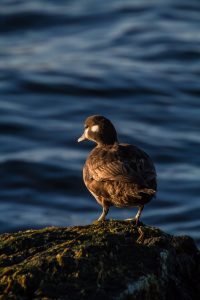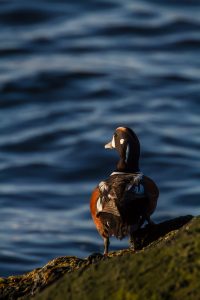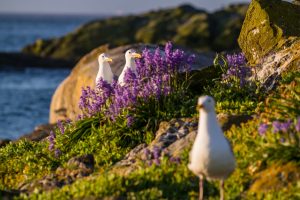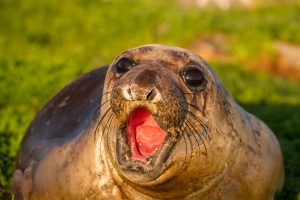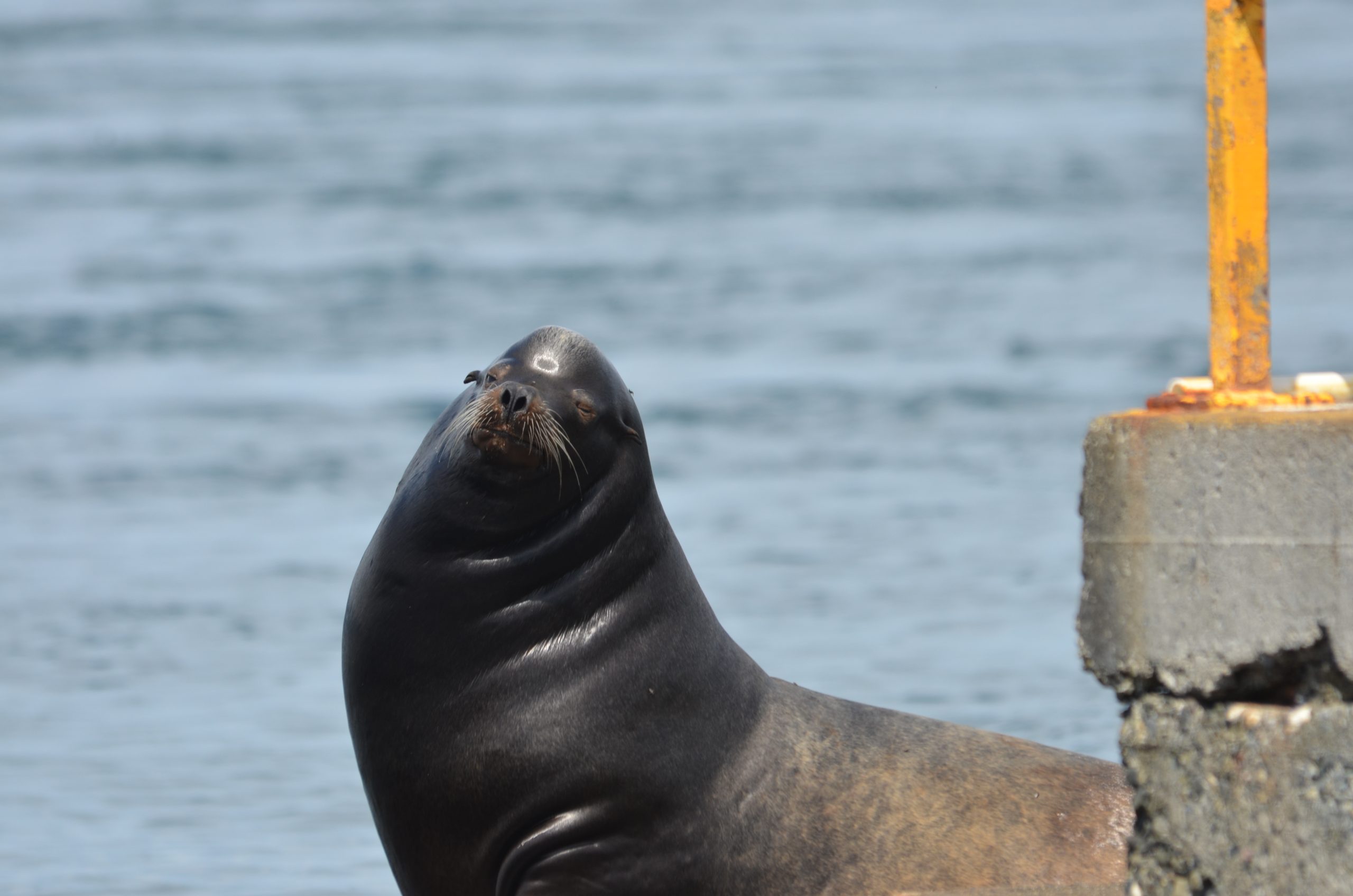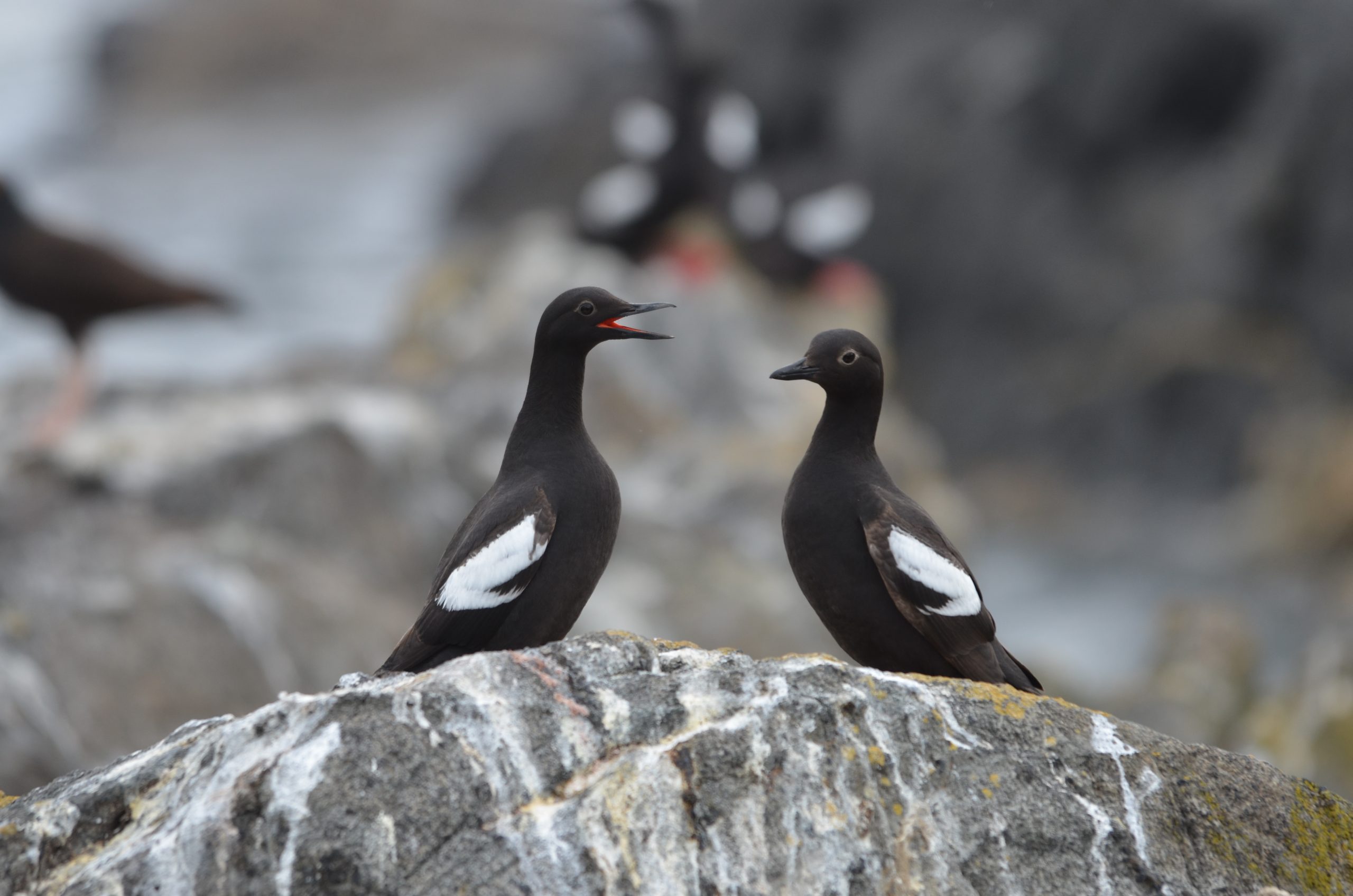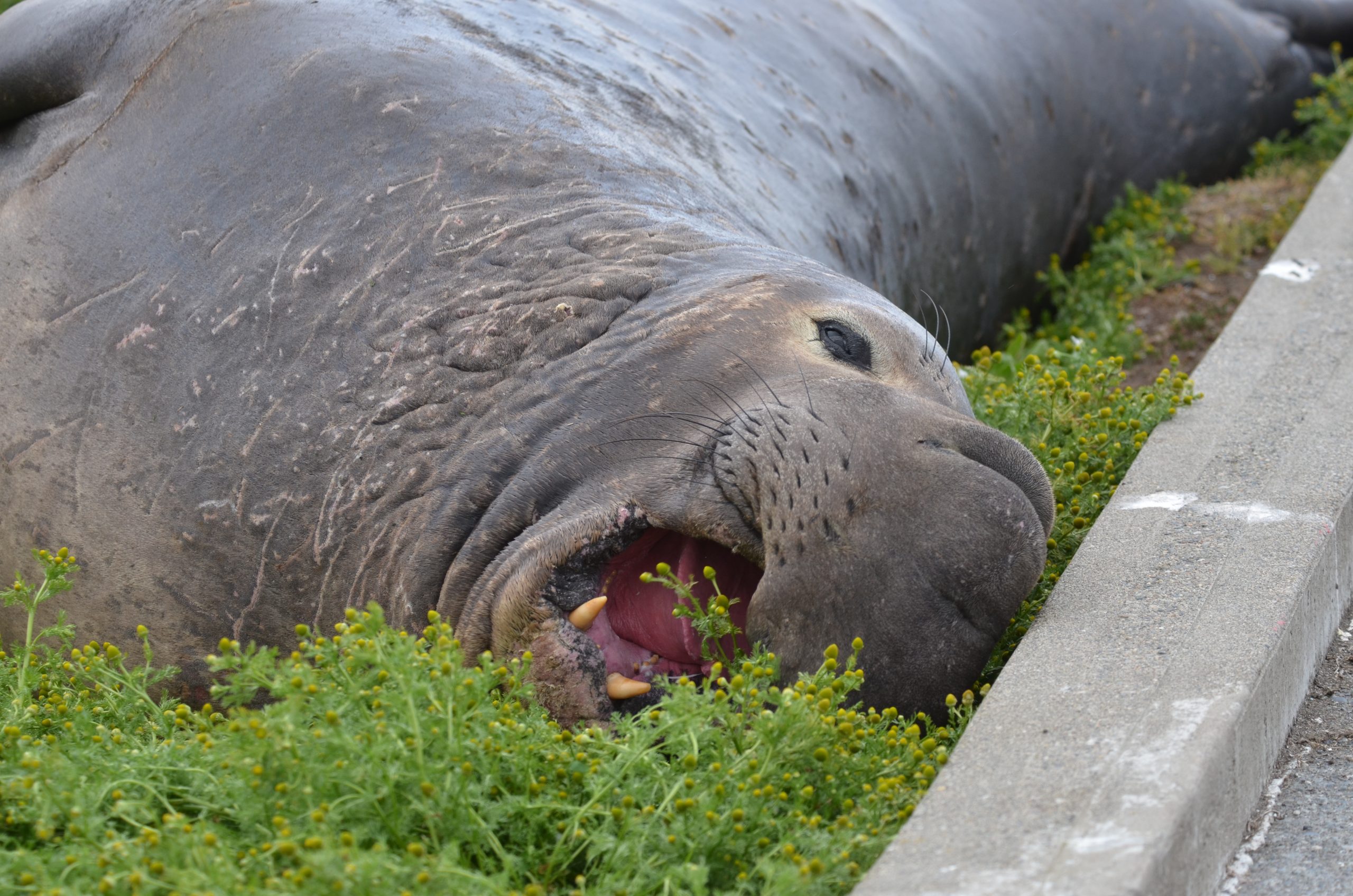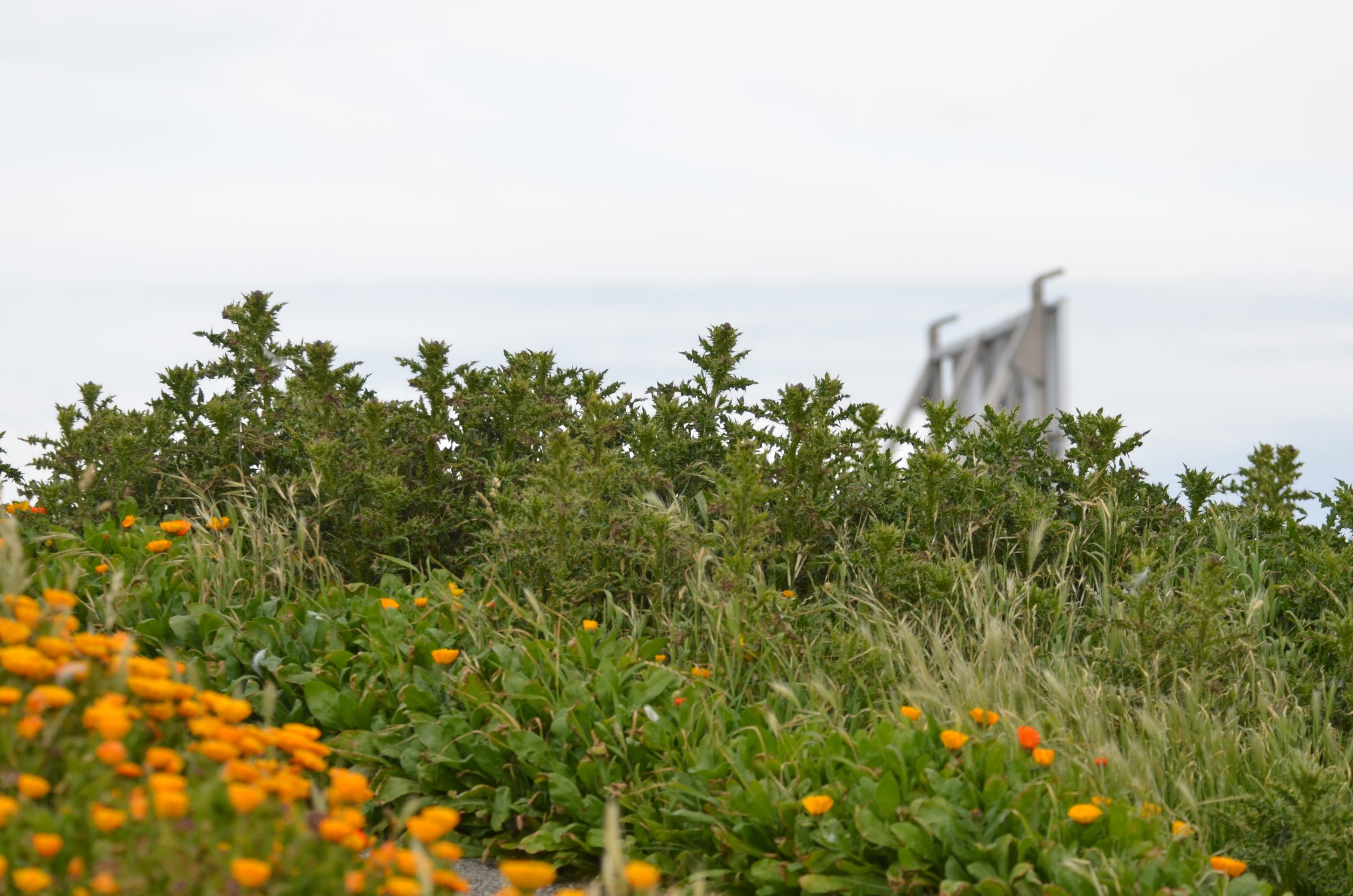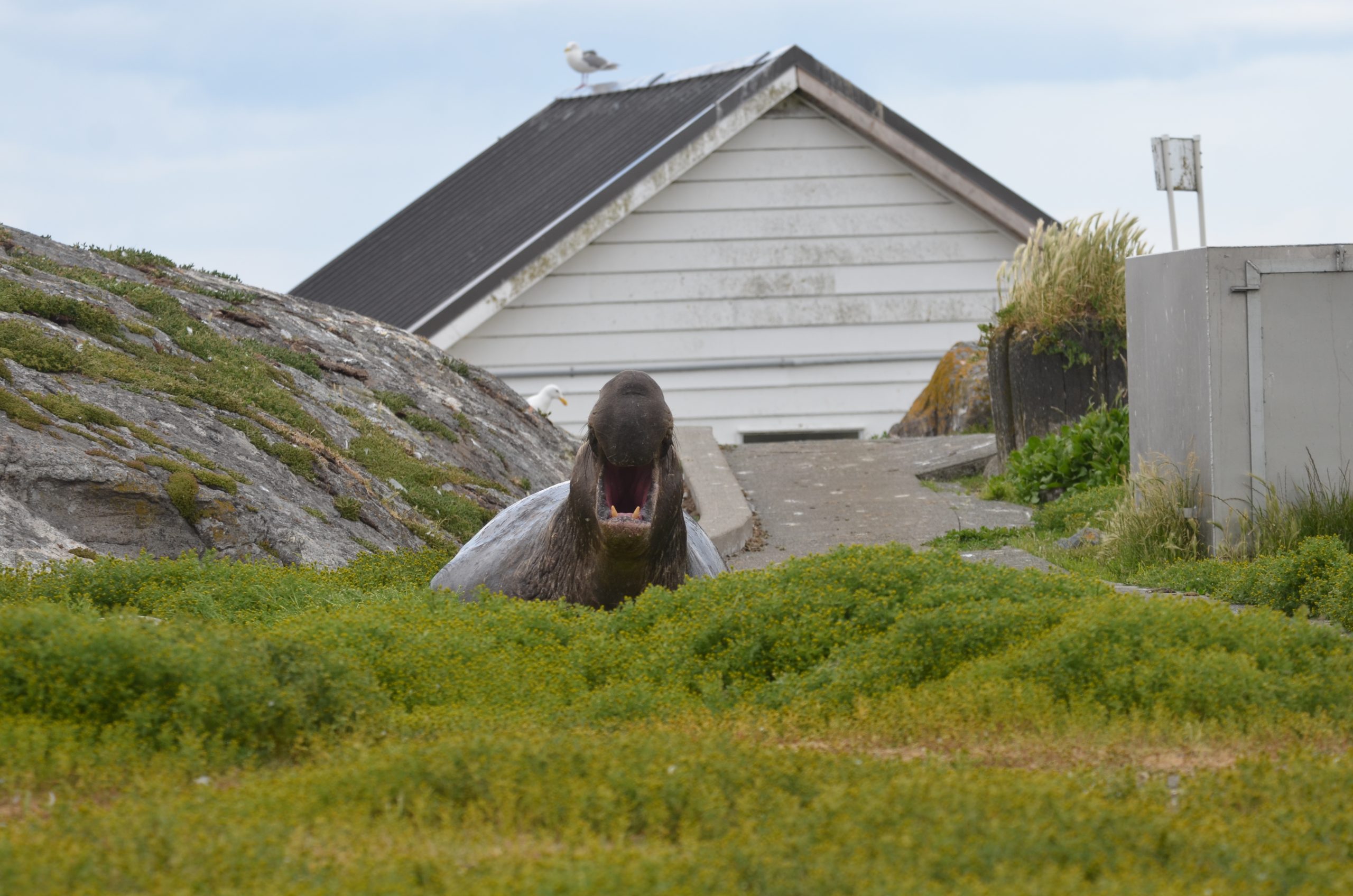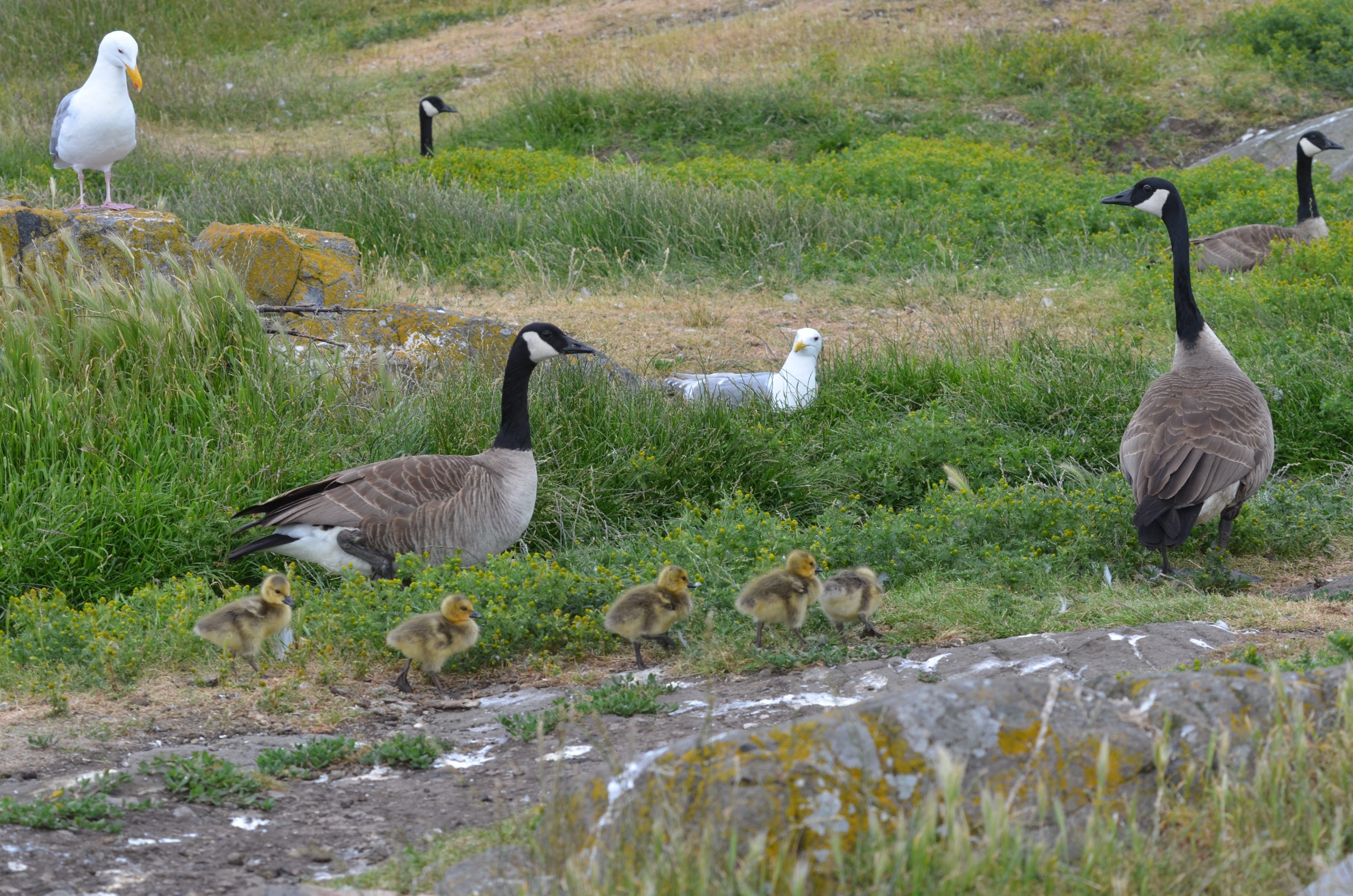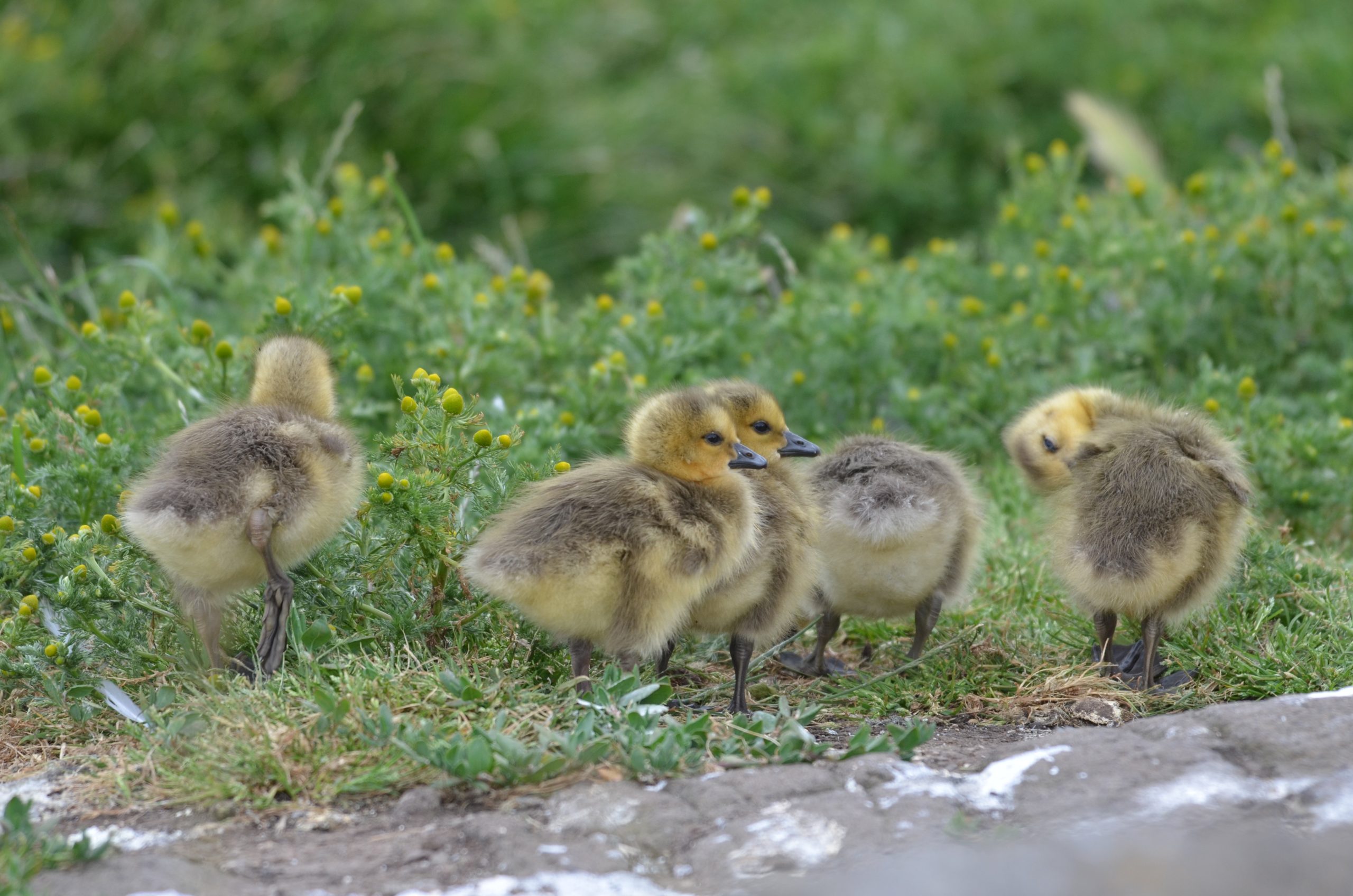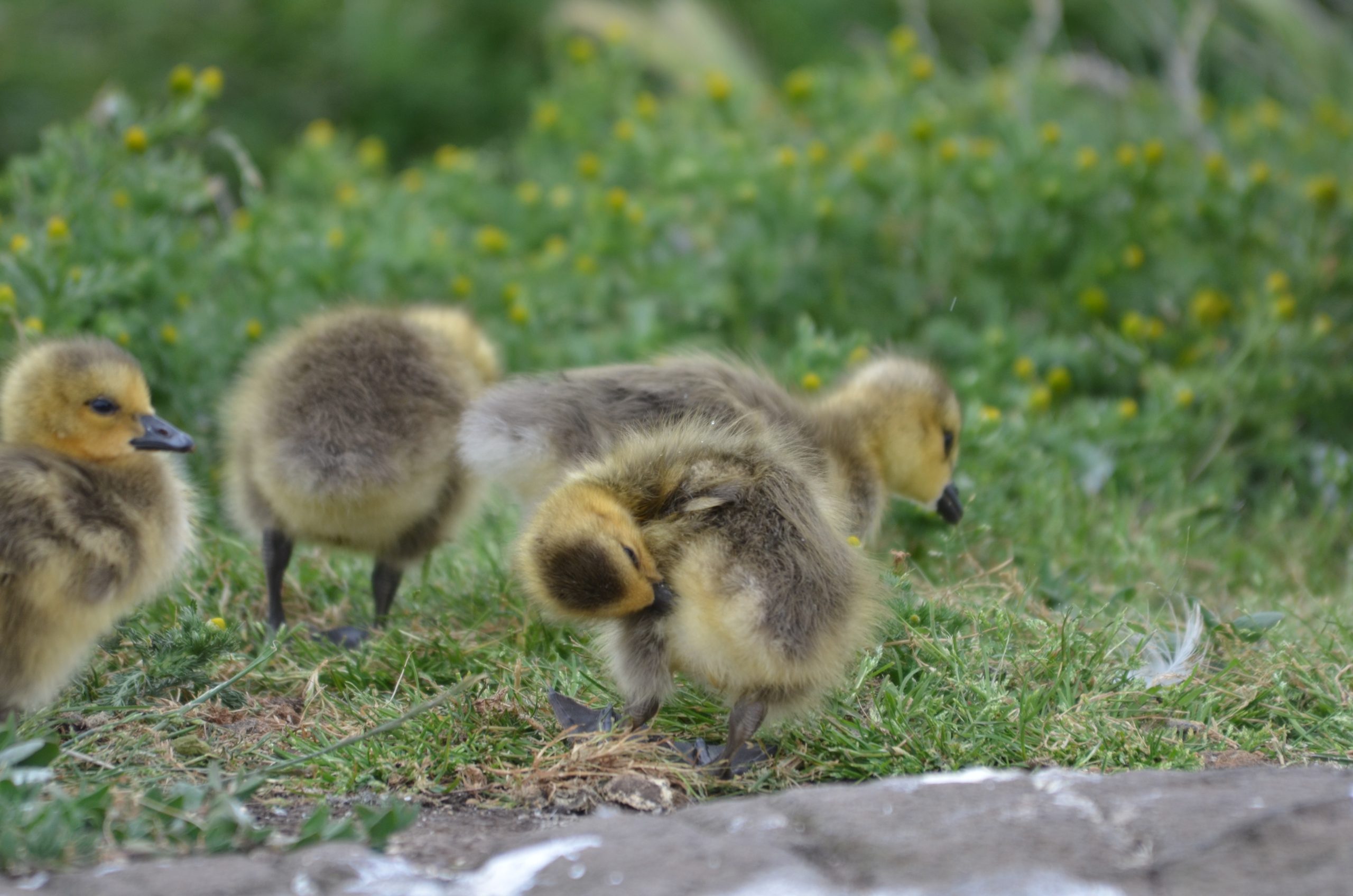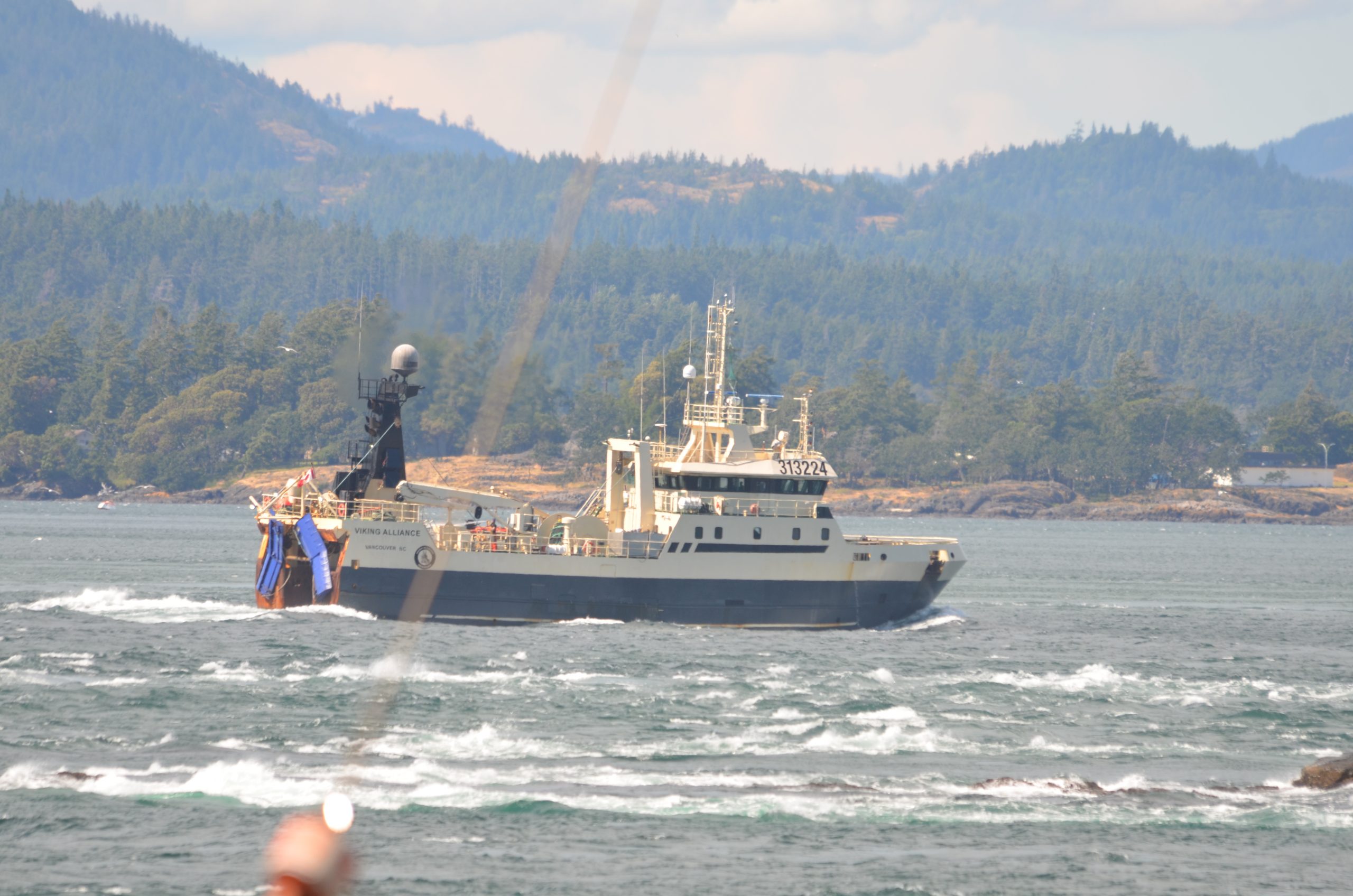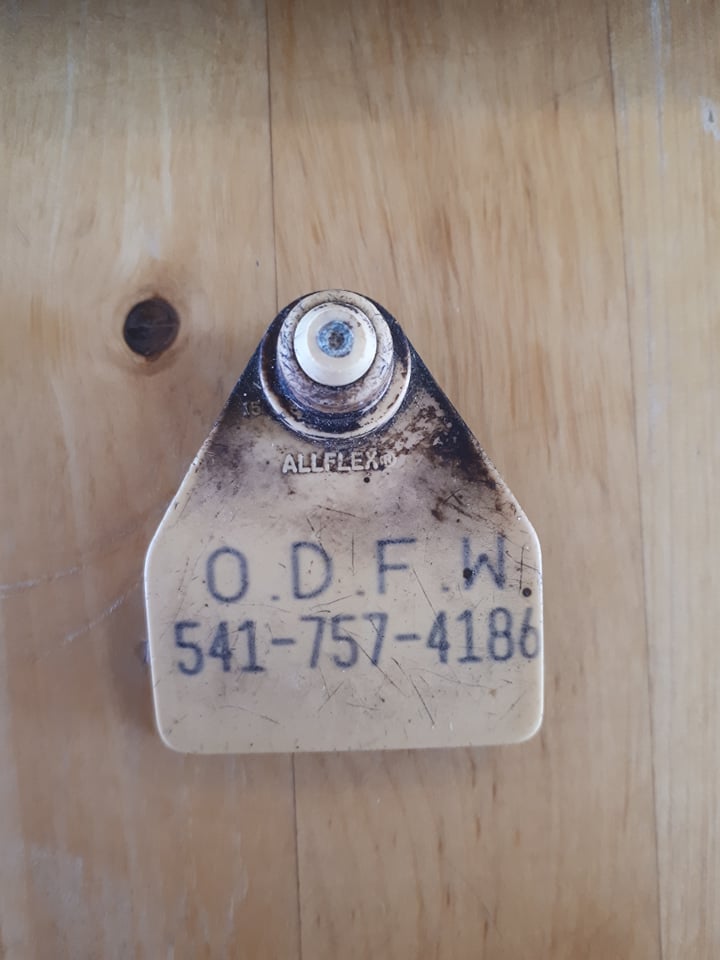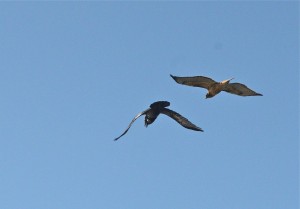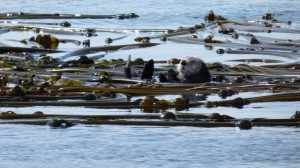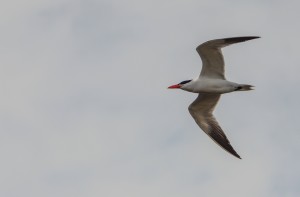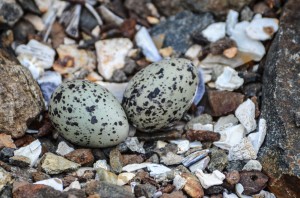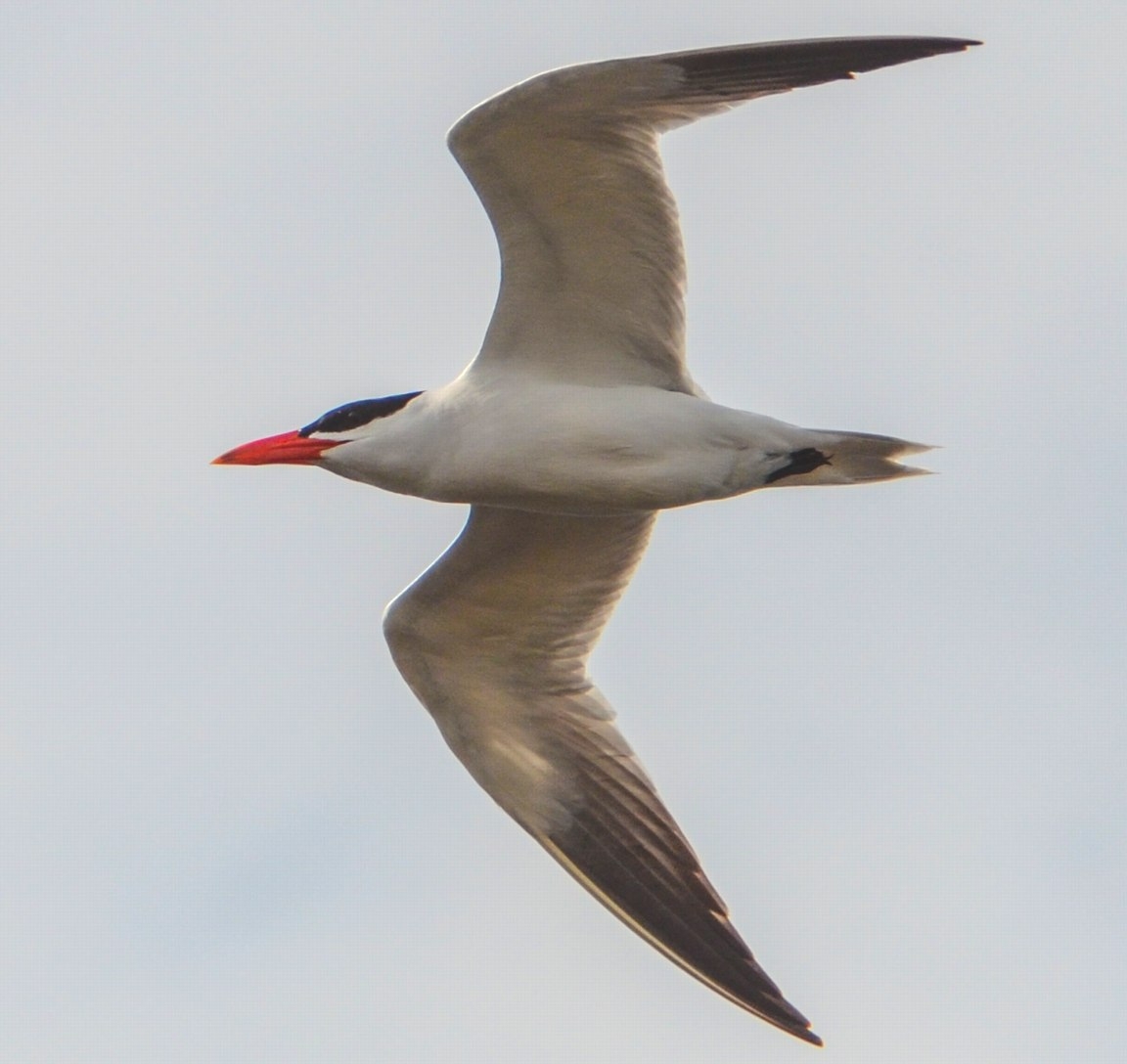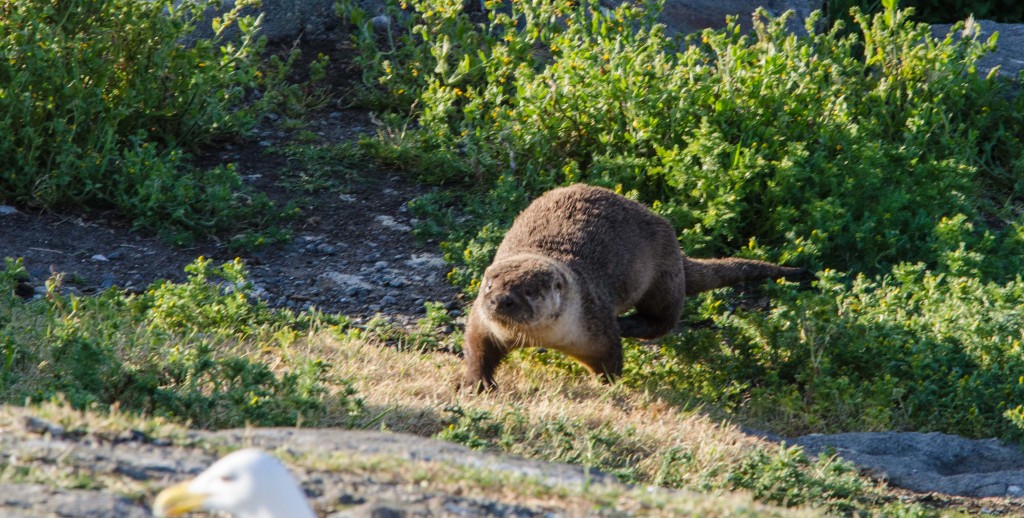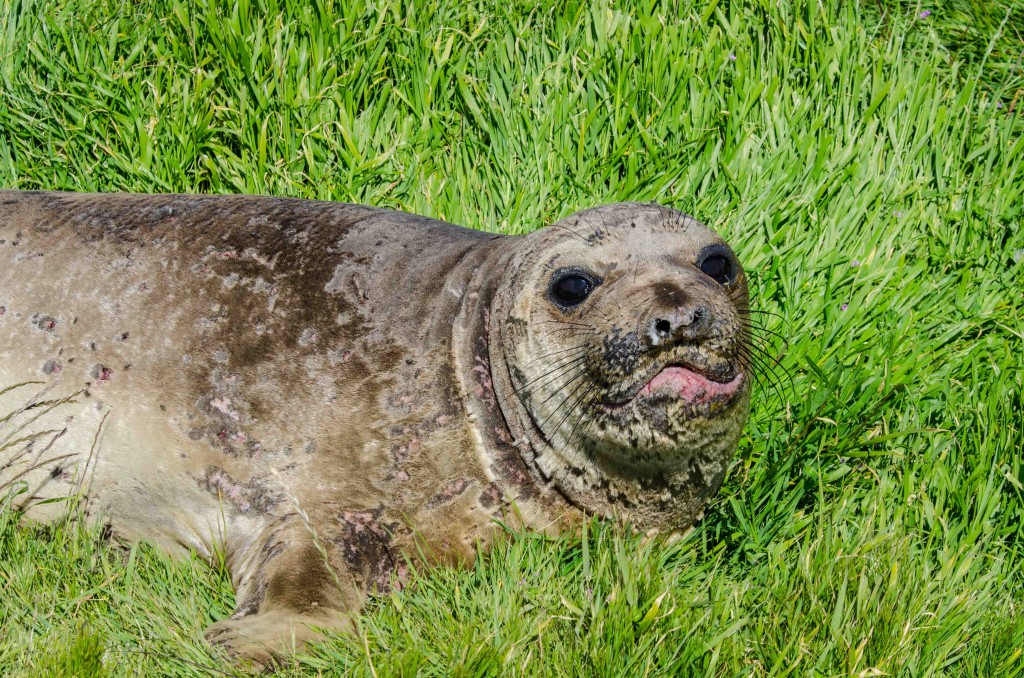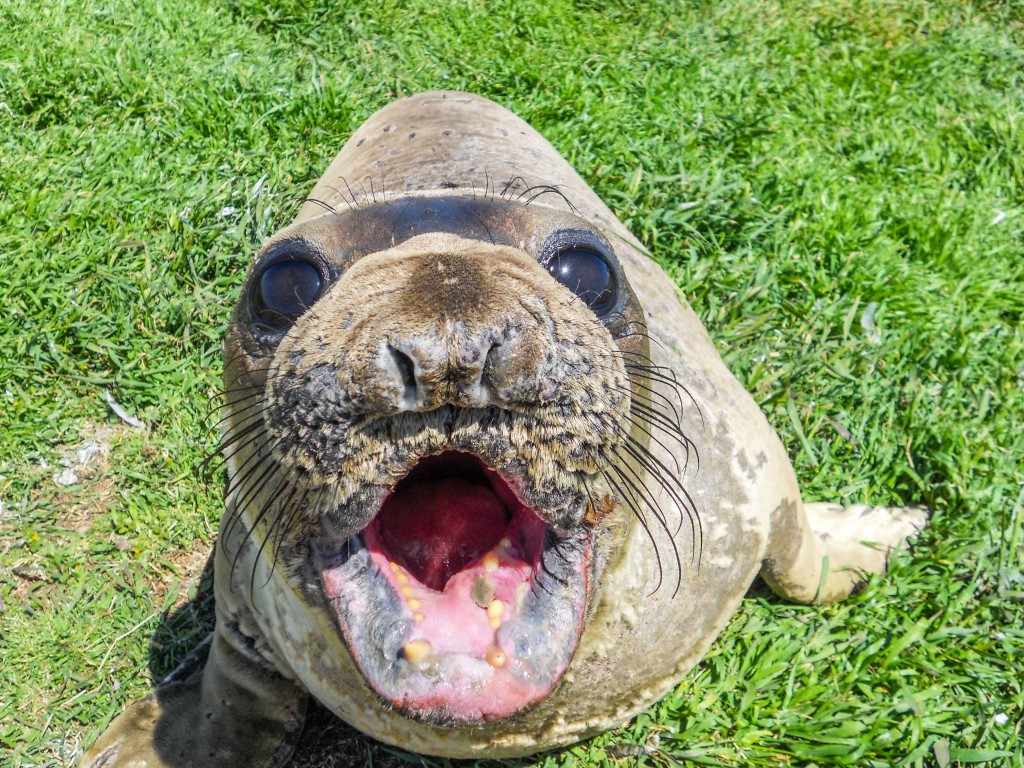Birds
- Harlequin duck 5
- Bald eagle adult 2
- Bald eagle juvenile 1
- Ruddy Turnstone 1
- Glaucous winged Gulls 685
- Cormorants 72
- Pigeon Guillemots 327
- Oyster catcher 10
- Savannah Sparrow 6
- Canada Goose 14
- Raven 2
- Caspian Tern 2
- Barn Swallow 2
Mammals
- Steller sea lion 16
- Harbour seal 79
- California sea lion 32
- Elephant seal sub adult male 2
- Elephant seal adult female 3
- Elephant seal pups 3
- 2 Caspian Terns
- Sub – adult elephant seals
- Sub- adult elephant seals
- young elephant seal in the water next to jeetty.
- Mix of california sea lions and steller sea lions in the morning light.
- Juvenile bald ealge
- oyster catcher
- savannah sparrow
- barn swallow
- barn swallow
- Canada Goose
- California sea lion
- Glaucous winged gull in front of the moon
- one of the many large flocks of Pigeon guillemots
- more pigeon guillemots
- Ruddy turnstone
- Harbor seals in the bull kelp
- Another of the large flocks of pigeon guillemots
- pigeon guillemots
- 2 adult bald eagles on the south rocks
- female harlequin duck
- male harlequin duck
- Glaucous winged gulls
- young elephant seal conversing
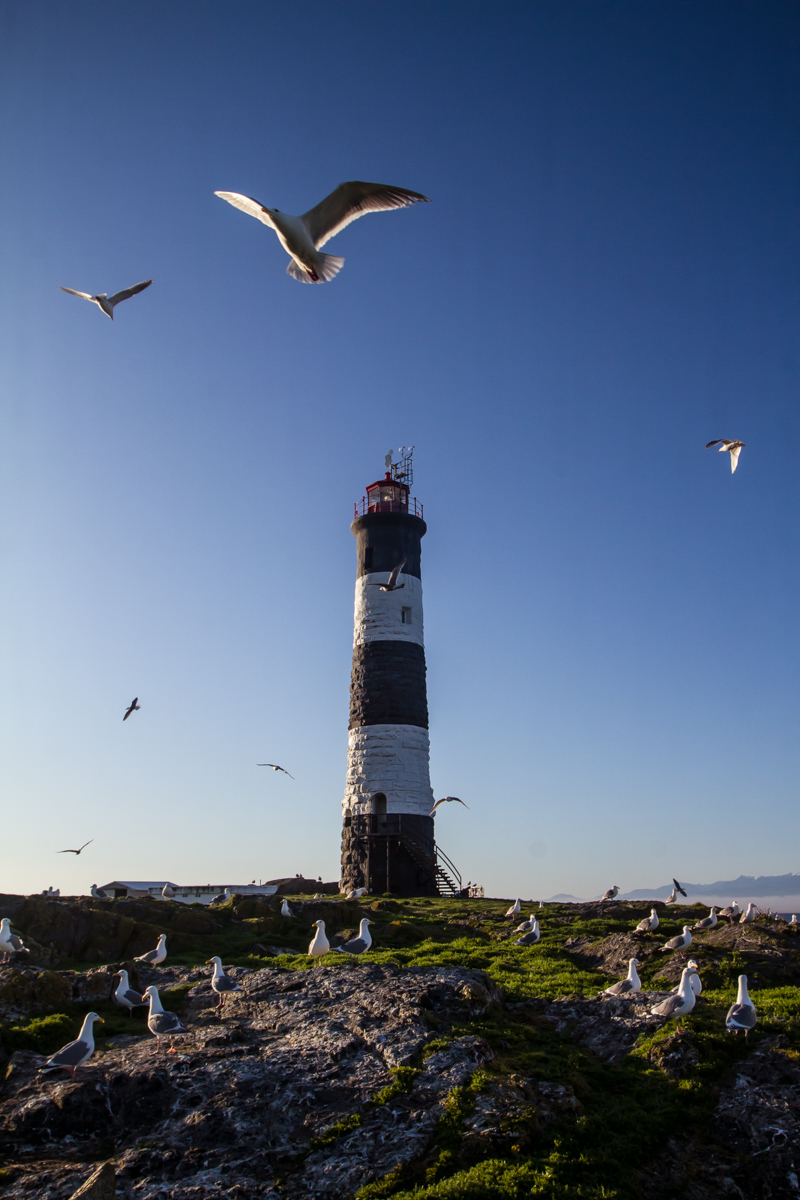
Visitors:
- Mollie – future Ecoguardian
Facility Work:
- Chopped and stacked remaining fire wood
- Deep Cleaning of Kitchen and sorting through house hold items
- 3 coats Stained Kitchen table
- Sharpened Axe
- Mounted 2 large Elephant Seal winter coat sheds for future visitors and students to touch and see.
- Set up Hose system from Science house up to solar panels so we no longer have to haul a 5 gallon bucket up a ladder
- Cleaned solar panels
- Addled Canada Goose Eggs and mapped out nests
- Cleaned windows
** All wildlife photos taken at the furthest distance possible, and may be cropped to improve detail! **
Weather – Current:
http://www.victoriaweather.ca/current.php?id=72
Weather – Past:

